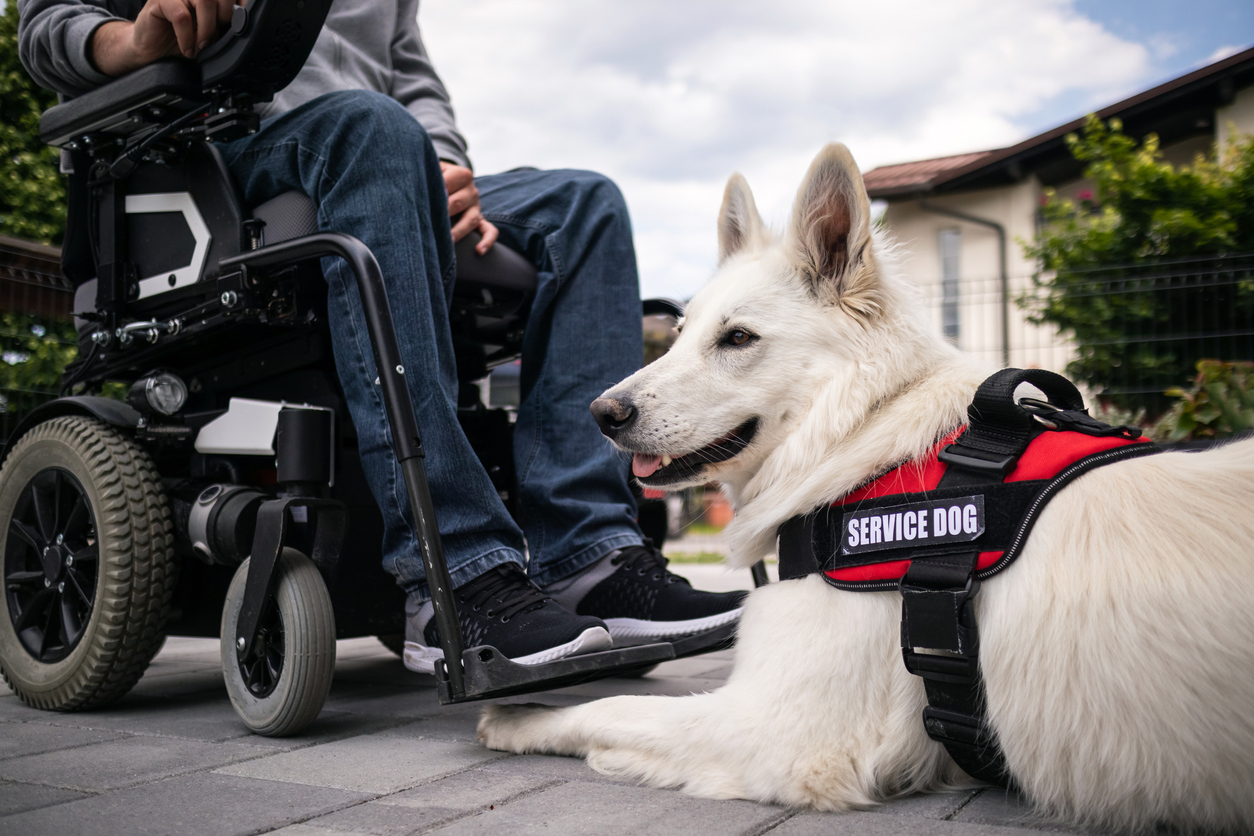I’ve moved homes at least 15 times in my life. I’ve used Fed Ex, UPS, taxi, borrowed a friends car, rented a UHaul, bribed friends and paid professionals – all to move my stuff across the state, the country and overseas. Suffice it to say, I’ve experienced packing and moving in all the extremes. Despite all of these moves I’m certainly not an expert when it comes to packing belongings, obtaining boxes, labeling, moving and unpacking. However I’ve tried many methods and here’s my un-expert advice for how to take care of your belongings and prepare for an upcoming move.
Additionally, exploring options like relocation packages from employers or seeking out companies that offer incentives to move can ease the financial burden and make the transition smoother. There are even places that will pay you to relocate, which can be a great option to consider.
40 tips to pack your home like an expert:
- sort your items sooner rather than later. Packing up your home is not fast like packing a bag to go to a beach vacation. It’s slow like an archeological dig.
- make 4 piles: “need right away,” “keep,” “donate” and “toss”
- every item in your home should go into one of those 4 piles
- if you don’t have room to make separate piles, just leave them in groupings and tape a piece of paper to them
- if any of your “keep” items need repair or washing, take the time to get this done before the move
- regularly take your “donate” items to a local charity and your “toss” items to the garbage, recycling center, call a rubbish remover or hauling contractor.
- some charities will pick up items from your home if you schedule an appointment. Do this; you’ll inevitably be short on time.
- make sure your furniture items are in good condition prior to the move. If they are not, get it repaired so you don’t move broken items. If you can’t fix it be sure to label with a piece of painter’s tape what is damaged (this will be especially important if you hire movers).
- clean furniture and furnishings. You’ll want them dust and dirt free so you don’t track that in to your new home.
- empty all drawers and cupboards and clean them as well.
- clothes should also be clean and in good shape, especially if your clothing may sit in a box for an extended period of time. Food particles can break down fabric over time.
- valuable small items like jewelry and keepsakes should be wrapped (tissue paper, newspaper or socks will do) and placed in a plastic storage box or resealable bag. You’ll want these items to be easy to transport and not get damaged en route. You may even want these items to go with you in a suitcase instead of with all of your other belongings.
- picture frames and artwork should be removed from walls and dusted. Set these aside so you can see how much bubble wrap or paper to purchase before moving.
- your “keep” pile can be a cupboard or drawer. Your sets of dishes and cups, for example, can be placed in one cupboard and labeled “keep” with painter’s tape.
- before you rush out an buy boxes, first figure out how you will actually be moving or who will be moving your belongings.
- professional moving companies will provide cardboard boxes in all shapes and sizes to accommodate all of your belongings, including mattresses.
- box rental companies (like Frog Box,etc) usually don’t offer various sizes of boxes however they are reusable and are designed to stack and carry easily.
- specialty box stores like The Container Store sell boxes and bubble wrap that may be great for fragile or odd-sized items like wine bottles, glasses, holiday ornaments or a wedding dress.
- getting boxes for free usually means asking friends if their office has any unused boxes or asking grocery stores or big-box stores if they have any boxes ready to recycle. Just be sure the boxes are in good shape and aren’t damaged by food, oils or chemicals.
- buying clear plastic boxes will always come in handy, even beyond your move. They stack easily, are easy to carry and you can see what’s inside. Invest in the sizes and shapes you need for the move and for after the move.(they are great to use under the bed or in the garage).
- large, unfolded boxes are great for wrapping around large paintings or artwork. You can easily create a box by using 2 flat pieces of cardboard and some tape.
- newspaper, old t-shirts, sweatshirts, towels and socks are great for wrapping breakable items.
- hold on to empty granola boxes or cereal boxes. Use several of them to help organize the inside of a big box – they’ll keep things from sliding around.
- packing your belongings will always take you twice as long as you think it will.
- you will always forget about that one drawer full of stuff.
- professional moving companies label each box with a number and then group the numbers by room in your home.
- you’d think that labeling a box “kitchen” would tell you what’s in the box but it really doesn’t (especially when you have 20 boxes labeled “kitchen”).
- Label the box “kitchen: utensils” or “master bathroom: towels” because when you’re in your new home, and it’s late and you’re tired, you don’t want to have to open 10 boxes labeled “bedroom” to find your pillows and blanket.
- buy lots of Sharpie pens and during your packing process keep them all over the house.
- same goes for packing tape.
- when all your boxes are packed, sealed and labeled, you’ll want to get a count of how many boxes you have in total. Even if you are moving the boxes yourself, it’s easy to forget how many you have. Take a sheet of paper (or use an organizing list app like Cozi) and write down how many boxes per room. This organization will also help you during the moving-in process.
- if you can’t write directly on the box, purchase removable white labels or use painter’s tape.
- lifting heavy boxes is not fun, especially if you have to go up and down stairs.
- beer and pizza will help bribe friends when you’re under 30. After that, don’t use your friends to move.
- if you simply need strong people to help you move, consider using TaskRabbit or another verified service company. They’ll get the job done fast and you can focus on keeping your things organized.
- when loading up a rental truck, place your largest items, like sofas, in first. Then place smaller boxes underneath or around them.
- mattresses and box springs should be placed on their side.
- artwork, paintings or framed glass pieces should be wrapped well. It’s always a good idea to rent or purchase moving blankets and tie the blanket around a grouping of framed pieces with twine. Place a flat piece of cardboard between the individual pieces and stack them upright.
- don’t stack boxes too high inside the truck; you should be able to safely reach them without climbing on top of a ladder. Tall, tippy stacks of boxes tend to fall over when driving.
- do not, under any circumstances, accidentally pack essentials like medications, documents that you may need right away, or your phone charger. You will be very upset when you can’t charge your phone and you can’t remember which of the 98 boxes it’s in. These items should be in your “need right away” pile along with a change of clothing and other must-haves for your first few nights in your new place.




